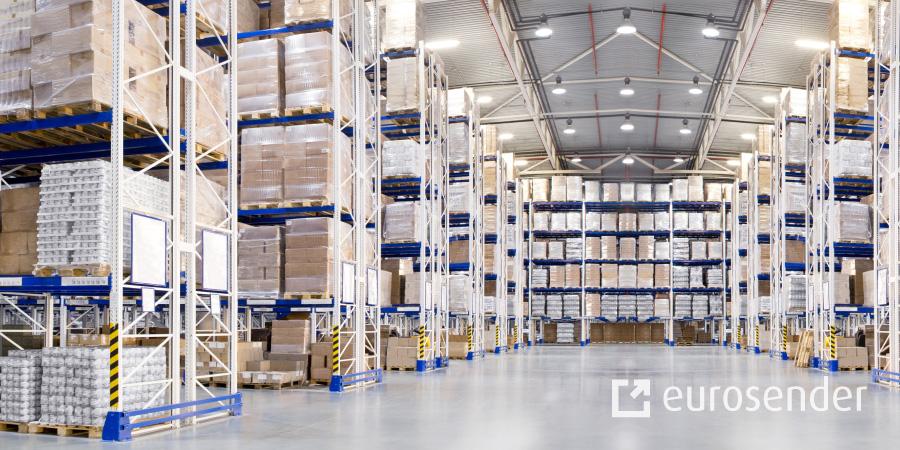Many eCommerce businesses are looking for pick and pack fulfilment options, and if you are one of those, we are here to guide you. Understand the meaning and how does pick, pack and ship works and the different methods that you can use for your business.
What are pick, pack and ship processes?
Every customer cares about the same things: getting the right product promptly and receiving it in an intact state. The customer doesn’t see the “behind the curtains” activities or the activities after an order is placed.
Once an order is requested, there are various processes that it goes through. This is a similar scenario as when you go to a grocery store to buy the items you need. You have all the items listed on a single piece of paper, and you are strolling in the store through the shelves to find the right items. So, once the warehouse receives a request for a specific product you have ordered online, several steps will be taken before it is out for delivery.
The simplest ordered meaning of pick, pack and ship is the following:
- Placing an order;
- Picking the right product from the warehouse “shelves”;
- Packing the product;
- Out for delivery.
Different picking and packing methods
- Piece picking – Picking and packing one order at a time.
- Batch picking – Batches of orders are picked and packed simultaneously.
- Zone picking – Workers pick the orders partially in different warehouse zones and pack them at a station.
- Wave picking – Workers pick the orders partially in different warehouse zones and pack them at a station.
You may also be interested in:
- Setting up your own logistics department
- Warehousing and storage services
- Shipping methods for eCommerce sites
There are different manual and automated systems for the picking and packing methods. Let’s explore them in more detail.
Meaning of manual and automatic picking, packing and shipping process
Manual process of picking, packing and shipping
The manual process of fulfilment picking, packing, and shipping tends to be a bit more chaotic if you are handling many orders simultaneously. Workers are manually documenting these actions.
- The customer places an order.
- Once the order is placed, appointed people manually check if the product is available in the warehouse. Often, they wait that there are multiple orders are placed to optimise a single path and avoid going back to the warehouse to recheck.
- Now that it is clear that the product is in inventory, it is packing time. The workers need a vast clear space to ensure it is adequately packed.
- In the last step, after the product is properly packaged, it should be out for delivery. Prior to that, manual booking and comparison between courier companies are needed to ensure the best shipping price, tracking availability and length of transit.
Automatic picking, packing and shipping process
This automatic process ensures that there is enough data to continue the business operations smoothly. Since the information is received and sent within minutes, all the people involved can always have up-to-date information and avoid going back and forth.
- The customer places an order.
- The system automatically recognises and shows if the requested item is in stock.
- The system will suggest the required package size and the number of items to fit into one.
- The system will automatically give out the best shipping options for the best price, the desired delivery time and tracking possibilities.
How can Eurosender help in the picking, packing and shipping process?
Whether you are operating different manual or automatic picking and packing methods, we can always ensure that the best shipping option is available to you at a click of a button! At Eurosender, we collaborate with many logistics providers, and this is why we can offer the best price for any shipment, regardless of the size! Additionally, businesses registered on our platform enjoy great benefits, and now, you can join too!
What is the difference between picking, packing and shipping?
In conclusion, the picking, packing, and shipping processes are different warehousing steps and have their own meaning.
These three terms also represent three separate tasks that clearly state their differences.
- The picking part consists of the planning, movement and picking them for further preparation, or for the next step, which is the packing.
- The second part is the packing, where the goods are placed in packages to be further handed to the courier.
- The last part is the shipping part, where the goods are being shipped and sent out for final delivery.
Want to know more?
Check our articles that explore different topics within the logistics industry.
